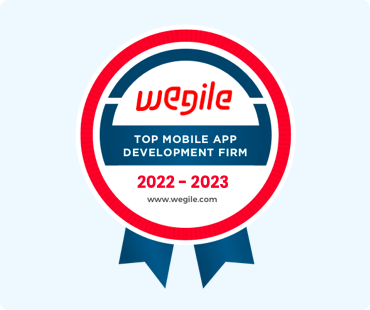Have you ever wondered how a device on your wrist could not only tell the time but also track your heart rate, monitor your sleep, and even send notifications from your phone? Welcome to the world of wearable technology, a key player in today's digital ecosystem that's redefining how we interact with the world around us. But why are these devices becoming so integral to our daily lives, and how are they shaping the future of personal technology?
Wearable devices are more than just gadgets in the digital sphere; they're personal assistants, fitness coaches, and healthcare monitors all rolled into one. The global market for wearable technology is booming, with predictions stating it will soar to a staggering $265.4 billion by 2026. Why such growth? The answer lies in their widespread applications and the seamless integration they offer into our personal and professional lives.
This blog goes deep into the realm of wearable app development, exploring the crucial applications, defining features, and intricate development processes that bring these devices to life. From smartwatches to fitness trackers and beyond, how are these technologies developed? What makes them tick? And most importantly, how can they benefit you or your business in this digital age? Let’s strap in and find out how these small devices are making big waves across industries and lifestyles.
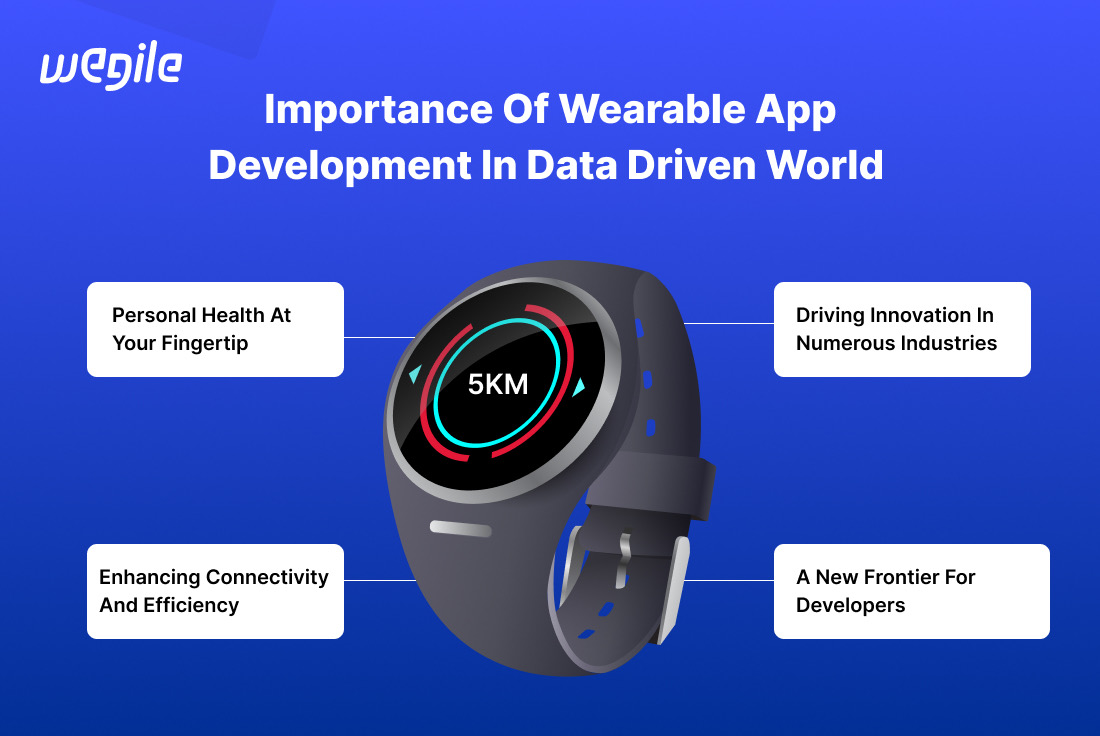
In an era dominated by technological innovation, wearable app development stands out as a pivotal area of growth that promises to significantly shape our daily interactions and lifestyle choices. As we weave technology more tightly into the fabric of daily life, wearable devices like smartwatches, fitness trackers, and smart glasses are becoming indispensable tools, enhancing everything from personal health monitoring to mobile connectivity.
Wearable technology has evolved from novelty items to essential tools that offer profound benefits. These devices, equipped with smart applications, seamlessly integrate technology into our daily routines, making the digital experience more personal, immediate, and accessible. This shift is not just about staying up-to-date with the latest gadgets, it's about enhancing the quality of life, improving health outcomes, and enabling a more connected world.
One of the most compelling reasons for the rise of wearable technology is its ability to monitor and manage health and wellness. Apps developed for wearables can track steps, monitor heart rates, analyze sleep patterns, and even detect abnormalities early. This constant monitoring offers users a detailed insight into their health, encouraging a proactive rather than reactive approach to wellness.
Wearable apps also extend the functionality of smartphones. It keeps users connected in more convenient and efficient ways. Whether it's checking important notifications on a smartwatch without pulling out a phone or navigating a city with smart glasses that display directions right in your line of sight, wearable apps are designed to streamline and simplify user interactions. This seamless connectivity is particularly crucial as the world becomes fast-paced and digitized.
The impact of wearable app development stretches across various sectors. In healthcare, wearables are revolutionizing patient care with features that provide real-time health monitoring and data collection. In fitness, they offer personalized insights that help users optimize their workouts and health strategies. Even in fields like education and retail, wearables are finding their place, enhancing learning experiences and personalizing customer interactions.
For developers, wearable app development represents a new frontier of challenges and opportunities. Developing for wearables requires a unique set of skills and considerations, from optimizing user interface designs for smaller screens to ensuring that apps run efficiently with limited battery life. The intimate nature of wearables demands a higher standard of privacy and security, pushing developers to innovate not only functionally but also ethically.
The wearable device market is not just growing; it's exploding with potential. As of 2024, industry analysts report a staggering increase in the adoption of wearable technology, with over a billion devices already in use globally. This surge is projected to escalate, with the market value anticipated to reach a monumental $265.4 billion by 2026, driven by a compound annual growth rate (CAGR) of approximately 18%.
Three main factors are driving the adoption of wearable technology:
While both wearable and mobile apps enhance our digital experience, their development landscapes differ due to the nature of the devices they serve.
Developing for wearables also involves special considerations that emphasize the device's strengths:
Wearable technology has diversified into a plethora of devices, each tailored for specific functionalities and user preferences. From fitness enthusiasts to tech-savvy consumers, there's a wearable for everyone. Let's dive into some of the most popular types of wearable devices and the distinctive apps that elevate their utility.
Smartwatches are by far the most popular wearable devices today. They serve as an extension of one's smartphone, offering a convenient wrist-based display for notifications, calls, and quick responses. Beyond these basics, smartwatches like the Apple Watch or Samsung Galaxy Watch are powerhouses for health and fitness monitoring. They track everything from your daily step count and heart rate to more complex health metrics like blood oxygen levels and electrocardiogram (ECG) readings. Popular apps for smartwatches include:
Fitness bands are streamlined for continuous health and activity monitoring. Devices such as the Fitbit Charge or Xiaomi Mi Band focus heavily on fitness tracking but with less emphasis on communication features. Their dedicated apps provide detailed analytics on your physical activities, sleep patterns, and stress levels, helping users make informed lifestyle choices. Key features include:
Beyond the mainstream, the wearable market includes devices designed for specific needs:
Wearable technology is not just a consumer gadget phenomenon; it's a multifaceted tool transforming a wide array of industries by enhancing efficiency, personalizing user experiences, and simplifying complex tasks. Here's how different sectors are harnessing the power of wearable apps to innovate and improve their operations.
In the healthcare sector, wearable technology is becoming a cornerstone of patient management and preventive care. Wearable devices equipped with specialized apps are used for continuous health monitoring, offering real-time data that can be crucial for chronic disease management and emergencies. For example:
The fitness industry thrives on personalization, and wearable apps are at the forefront of delivering customized fitness coaching directly to users' wrists. These apps provide feedback on performance, set goals based on user activity, and even adjust recommendations in real time based on the wearer’s progress and health stats. For instance:
Educational tools are becoming more interactive and engaging through the use of wearable technology. Smart glasses and AR wearables are pioneering new ways to learn and explore subjects by overlaying digital information onto the real world, making learning immersive and more impactful:
In the fintech sector, wearable apps are simplifying the way we handle transactions and manage finances. With an emphasis on security and ease of use, these apps are making mobile banking and payments more accessible and user-friendly:
The journey of creating a wearable app is intricate and fascinating, involving several stages that transform a simple concept into a fully functional application that resides on users' wrists or in their visual field. Here’s a comprehensive guide to the wearable app development process, emphasizing the critical role of user-centric design throughout each phase.
The first step in the development process is ideation, where the magic begins. Here, developers and stakeholders brainstorm to identify the core functionalities, target users, and objectives of the wearable app. This stage is crucial for aligning the app’s capabilities with market needs and potential technological constraints.
Once the concept is clear, a feasibility study assesses whether the app's technical and financial aspects are viable. It involves:
With feasibility affirmed, the design phase starts. This stage is critical in wearable app development due to the need for simple, intuitive user interfaces that can be navigated quickly.
This phase involves the actual coding and programming of the app. Developers must:
Testing is an iterative process that typically runs alongside development. This stage is crucial to ensure the app is free from bugs and meets all user requirements.
After testing, the app is ready for deployment. This stage involves:
The development cycle doesn’t end at launch. Ongoing support is essential to retain users and maintain app relevance.
Developing wearable apps comes with its own set of technical challenges that developers need to navigate carefully.
Wearable devices often need to integrate seamlessly with other devices, like smartphones or even other wearables. This requires robust Bluetooth connectivity and synchronization capabilities so that data can flow seamlessly between devices, ensuring that the user experience is smooth and consistent.
Given that wearable devices often collect highly personal data (like health metrics), ensuring the security of this data is paramount. Developers must implement strong encryption for data storage and transmission, alongside secure authentication mechanisms to protect sensitive information.
Battery life is a significant concern in wearable devices due to their size and the continuous data processing they perform. Developers need to optimize app performance to consume as little power as possible, employing strategies like minimizing background activity and reducing the frequency of updates and data synchronizations.
The type of device for which the app is being developed can influence the cost. For example, developing apps for advanced smartwatches with extensive features and sensors can be more expensive than simpler fitness bands.
The complexity of the app also affects development costs. More features, customizations, and the need for integrating with multiple systems increase the workload and the required hours of development, driving up costs.
Choosing the right development platform can also impact costs. Some platforms may offer more streamlined development tools and libraries that can reduce the time and effort needed to build the app, while others might require more custom coding and testing.
The pathway to mastering wearable app development is paved with learning from successful ventures. By analyzing specific case studies, we uncover valuable lessons and best practices.
Fitbit, a leader in the fitness-tracking wearable sector, has continuously evolved its offerings to enhance user engagement and health monitoring. Their integration of sleep tracking that provides users with detailed insights into sleep patterns and offering personalized tips for improvement stands out.
Lesson Learned: Continuous improvement based on user feedback and advancing technology enhances product value and user loyalty.
Apple introduced the Emergency SOS feature in its smartwatch, which significantly impacted user safety by allowing users to contact emergency services with a simple gesture. This feature not only saved lives but also increased consumer trust and reliance on wearable technology.
Best Practice: Incorporating life-enhancing features can significantly raise a product’s profile and its perceived value to users.
As we look to the horizon, the future of wearable technology appears vibrant and filled with potential. Here’s what we can anticipate:
The integration of Artificial Intelligence (AI) in wearable apps is set to deepen. Predictive analytics will play a larger role in how devices understand and anticipate user needs and behaviors, making wearables more intuitive and personalized.
Wearable technology is set to expand beyond fitness and health into sectors such as finance, education, and even industrial applications, where they can enhance safety and operational efficiency.
The concept of Internet of Things (IoT) where everyday objects are connected to the Internet and integrated with wearable devices will enhance how users interact with their environment, making these interactions more seamless and automated.
From enhancing personal health to transforming industry operations, wearable technology has carved a niche that continues to grow in depth and breadth. The lessons learned from successful projects highlight the importance of user-centric design, continuous innovation, and the integration of life-enhancing features.
Investing in wearable technology is not merely about keeping up with trends, it’s about actively shaping the future of how businesses engage with their customers and how individuals manage their health and productivity. As we continue to integrate technology into every aspect of our lives, the potential for wearable technology to enhance daily living and operational efficiency is boundless.
Are you ready to explore the dynamic world of wearable technology? Contact Wegile, the best wearable app development company, to discover how we can transform your ideas into successful, innovative wearable apps that stand out in the market. Let's build the future together, reach out today to start your journey in the wearable technology.
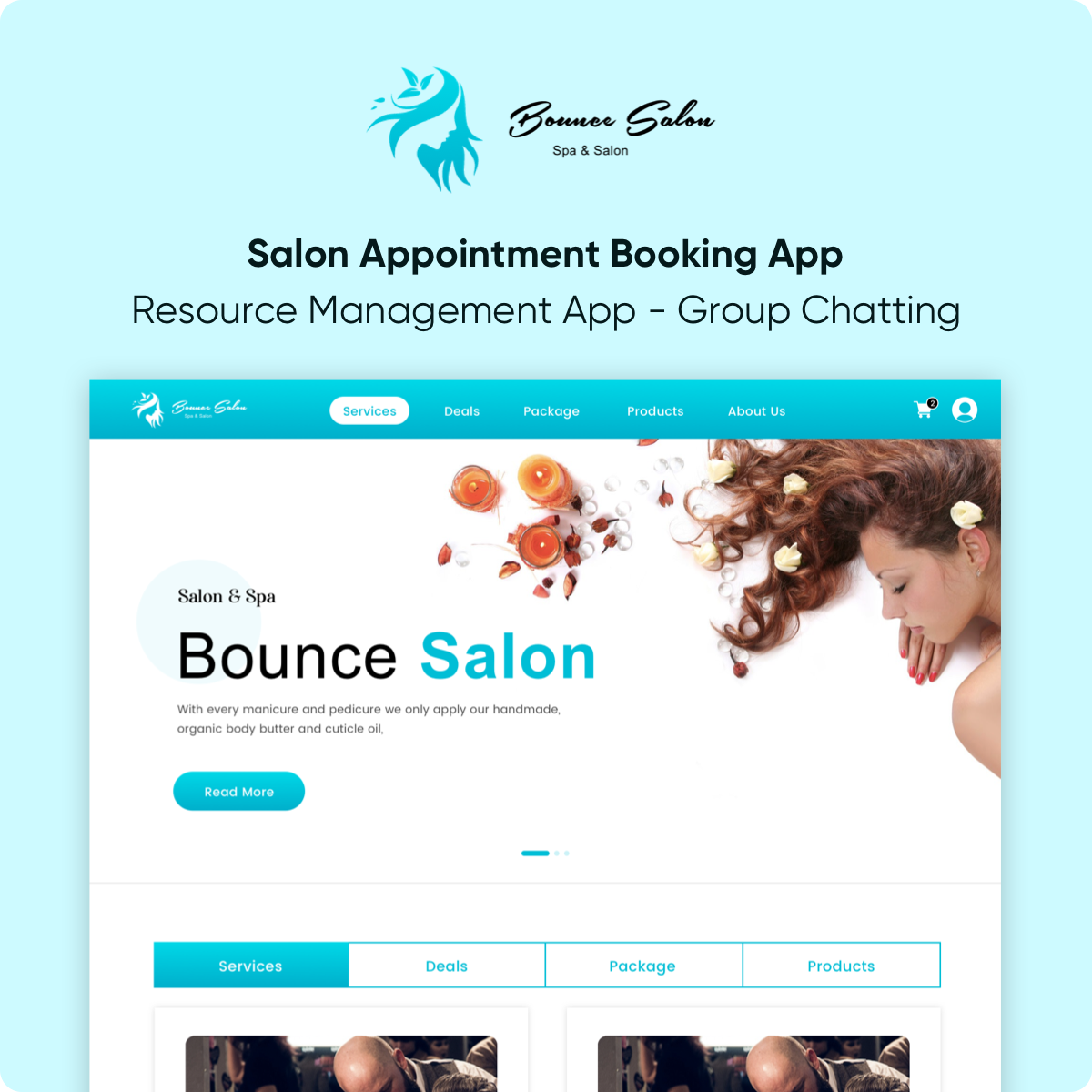
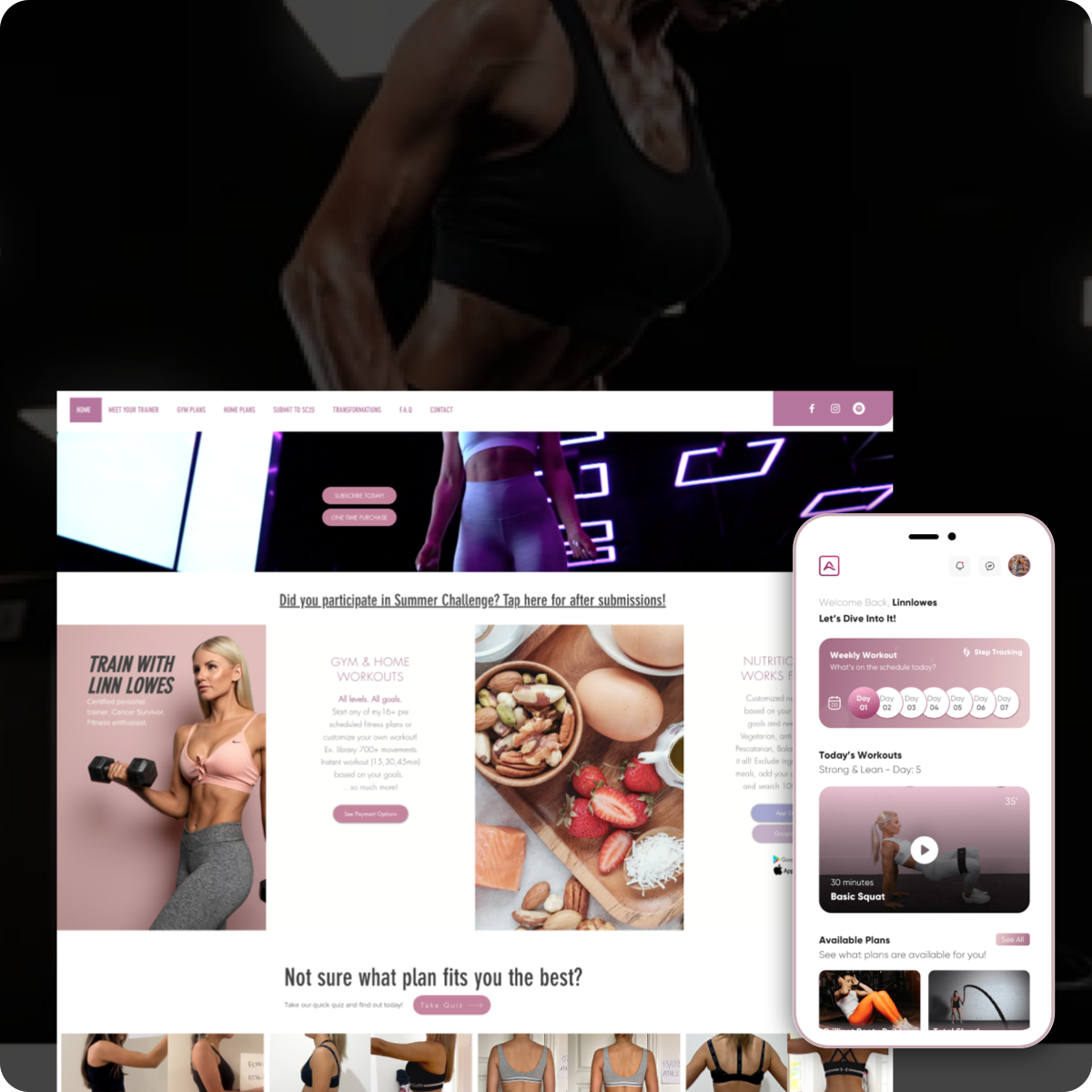
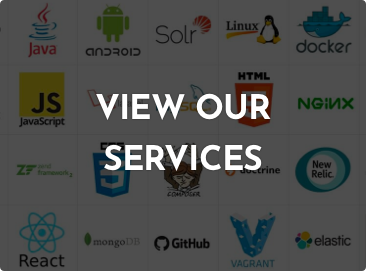 Browse Our Services
Browse Our Services
